Free Social Studies Curriculum Planner For Lesson Planning
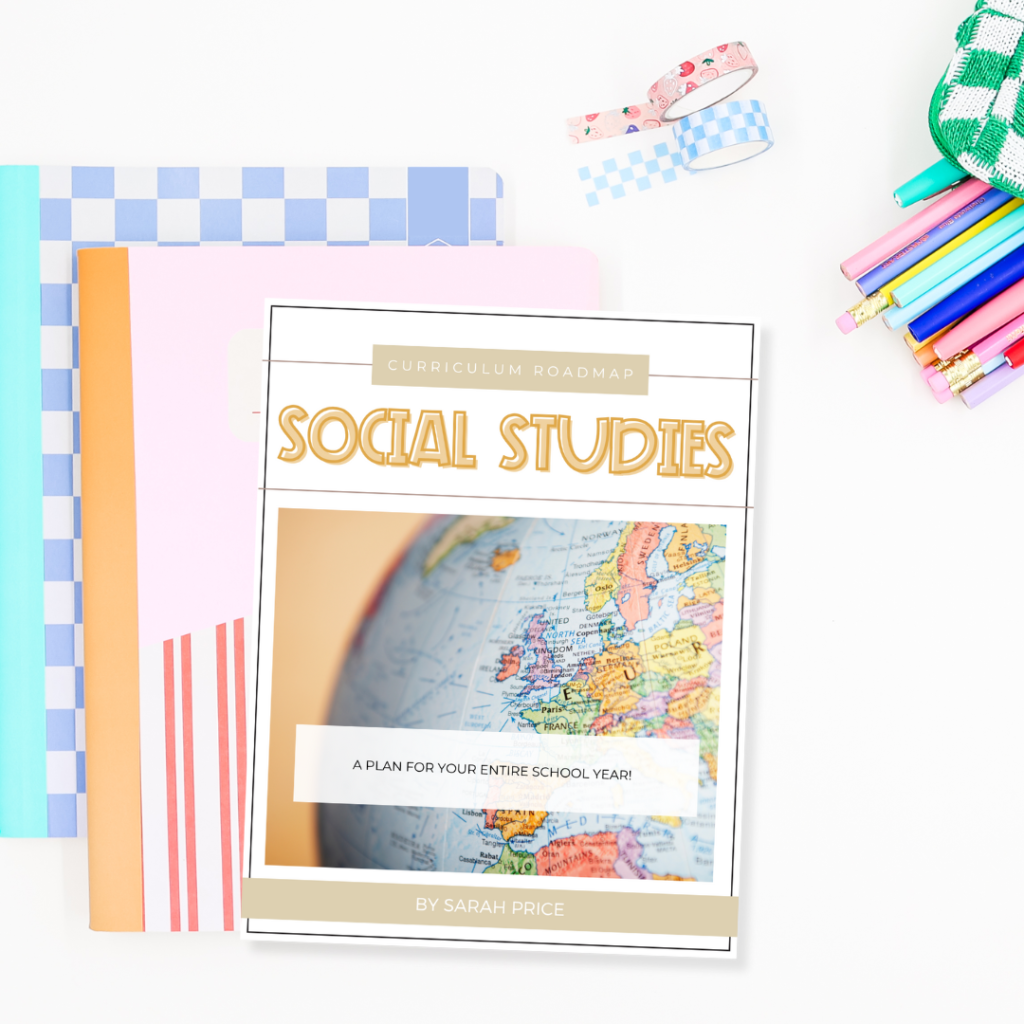
Organizing and structuring lessons can be pretty overwhelming for both educators and homeschoolers. Having a well-structured social studies curriculum is key to helping students understand social science, their society, history, and their place in the world. Research shows that students with a structured curriculum tend to perform better academically and develop a deeper interest in learning.
This blog post introduces a fantastic tool: a free social studies curriculum planner that makes lesson planning easier and boosts educational outcomes. You’ll learn how to use this planner effectively to ensure your lessons are engaging, comprehensive, and meet educational standards.
Free Social studies curriculum planner
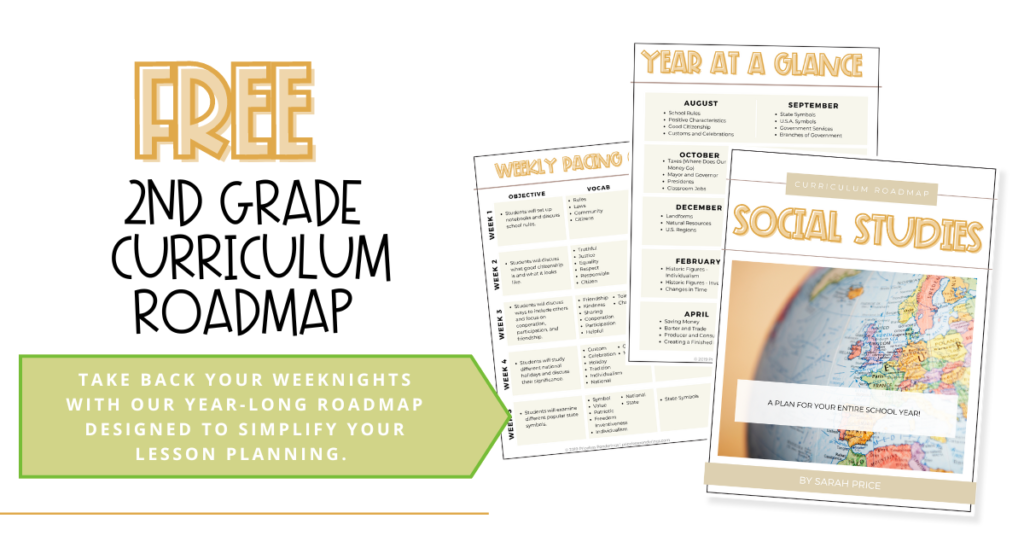
Why should you use a Studies Curriculum Pacing Guide?
I love using a curriculum planner when writing out my lesson plans. A great curriculum pacing guide can help you stay organized and map out your yearly plan for the entire school year. Also, using a curriculum planner for different subject areas, like my free social studies curriculum pacing guide, can help you determine common curriculum and delivery times for when to teach common core standards throughout the entire year. Curriculum mapping will also help you focus on how to teach specific unit plans best while helping you brainstorm the perfect lessons.
The best part of a great pacing guide is that you can always adjust, tweak, or revise it with your own lesson content throughout the year.
Understanding the Basics

Before jumping into planning tools, it’s important to get a grasp of the basics of an effective social studies curriculum so that you can ultimately write the perfect lesson. At its core, social studies covers a range of subjects like history, geography, civics, and economics. These areas aim to develop critical thinking, foster cultural awareness, and instill a sense of civic responsibility among students.
Key Learning Objectives and Outcomes
One of the main goals of social studies is to help students understand historical events, geographical locations, governmental structures, and economic systems. For example, learning about past events helps students appreciate the present and understand future possibilities. Geography teaches them about different cultures and environments, fostering a sense of global citizenship. Civics education helps them grasp their rights and responsibilities as citizens, while economics introduces them to the basics of financial literacy.
Planning Tools and Resources

Check out our free social studies curriculum planner! It’s here to make your lesson planning a breeze. User-friendly and adaptable, it fits all teaching styles and educational settings.
Features and Benefits
- Overview for Teachers: This section provides a snapshot of the entire academic year, helping you align your lesson plans with the curriculum standards. It’s designed to explain the curriculum trak and what a typical second grader will learn during the year.
- Yearly Planner at a Glance: This tool quickly maps out your entire year’s curriculum in one place. It’s perfect for identifying key milestones, holidays, and assessment dates, ensuring you allocate sufficient time for each topic.
- Weekly Planner at a Glance: This section breaks down your yearly plan into manageable weekly segments, helping you focus on specific objectives and activities during your planning process. It includes a place for student objectives (goal of each lesson), vocabulary, topics taught, and state standards.
Social Studies Curriculum Topics for Second Graders

In second grade, students will study a range of social studies concepts from their local community to the world around them. As your students dive into exciting new concepts, make sure to provide a variety of resource types such as vibrant picture books, nonfiction texts, bios, songs, poems, websites, and technology.
The social studies curriculum for this age group usually covers five main areas: Civics/Community, Government, Geography, History, and Economics. Using the Free Social Studies Curriculum Planner, you can develop engaging lesson plans that cover all these topics and align with your students’ learning abilities.
Civics/Community
Second graders start the year off by focusing on community and character building. They will see the importance of being a good citizen and find ways they can volunteer and contribute to society. The three main topics that are covered are good citizenship, customs and celebrations, and state/national symbols.
Fun activities like community walks or inviting guest speakers can really bring these lessons to life.
Government
Teaching students about government is a fun way to get students involved in their community. Second graders work on activities that focus on the branches of government, public officials, and voting.
I love having my students spend time researching presidents and sharing facts about the ones they love. Simple projects, like mock elections or creating classroom governments, can help them understand these concepts better.
Geography
Another fun topic students learn about is geography. Geography is filled with hands-on activities to help students make connections to their everyday lives. Students love talking about landmarks, maps, and the different continents and oceans.
Geography is an engaging topic to teach. There are so many research-based projects that students love to work on. Interactive map activities and virtual tours can make learning geography more exciting.
History
In second grade, students study our nation’s history and focus on the role of inventors, heroes, past and present, and other profound historical figures who have shaped our nation’s story.
I love having students create timelines for people they want to read and write about. Brochures, books, websites, and videos are always a plus when researching fascinating people. Storytelling, close reading, and historical reenactments can also make these lessons more engaging for young learners.
Economics
Economics sounds boring, but second graders love talking about money. Activities focus on goods and services, work and saving money, and barter and trading. Role-playing activities, such as setting up a classroom store, can help make these concepts more tangible.
Step-by-Step Guide
Now that you have an overview of the curriculum topics let’s delve into how you can effectively use the planner to organize your lessons.
- Start with the Yearly Planner: Outline the entire academic year, noting down key topics, holidays, assessment periods, and report card due dates. color coding can help you keep your lesson plan book organized and pretty to look at.
- Break Down into Weekly Plans: Use the weekly planner to help you write detailed daily lessons, ensuring each week aligns with your yearly plan.
- Incorporate Flexibility: Allow room for adjustments as needed. Look at the last school year to help you make an action plan. The teacher planner is designed as a template package, so don’t hesitate to tweak your plans based on student progress or unforeseen events.
How to Use: Example
If you’re planning a unit on citizenship, start by marking notes – delivery of the start and end dates based on the year at a glance. Next, look at the weekly paging guide pages and break down the unit with specific lessons like “Intro to Good Citizenship,” “Character Education,” and “Classroom Project on Customs and Celebrations.” Use the daily sections to jot down specific activities, discussion points, and homework assignments.
Tips for Interactive and Engaging Lessons

Whether we are elementary teachers or secondary teachers, creating interactive and engaging lessons is key to keeping students interested in the classroom during independent work. Here are some tips to make this happen using the planner.
Using Technology – Digital Tools
Try tools like interactive whiteboards, educational apps, classroom forms, and online resources to make lessons more dynamic. For instance, virtual field trips can bring places to life, making learning more immersive.
Field Trips and Guest Speakers
Plan trips to local historical sites or community centers and invite guest speakers to share their stories. These activities make real-world connections to the subjects you’re teaching, helping students understand better.
Creative Projects
Get students involved in creative projects like building dioramas, writing reports, or performing skits related to the lessons. These activities appeal to different learning styles and help make the lessons stick.
It’s About Community
Swapping experiences and insights with other educators can boost your lesson planning and professional development. Here’s how you can connect with other teachers in your community.
Collective Inspiration Center
Hop onto online forums and social media groups where teachers share lesson plans, tips, and resources. Team up with colleagues to trade ideas and get fresh perspectives.
Teacher Pay Teachers is full of TPT sellers with grade specific lesson plans, activities, and ideas to help you plan your year.
Feedback and Improvement
Regularly offer availability and ask for feedback from students and parents to find out what’s working and what’s not. Use this info to tweak your lesson plans and keep improving.
Productivity Tools to Enhance Your Planning

Adding a few simple productivity tools to your routine can make lesson planning and execution a breeze, helping you stay organized and efficient throughout the school year. It is much easier when you use a curriculum planner like my free social studies curriculum roadmap.
Here are some tips to boost your productivity:
1. Digital Calendars
Using digital calendars like Google Calendar or Microsoft Outlook lets you set reminders for key dates, deadlines, and events. You can easily share your calendar with colleagues or parents, keeping everyone in the loop about important activities.
2. Teacher Planners
If you aren’t a fan of digital calendars, check out planners specifically made for teachers. Two of my favorites are the Erin Condren teacher lesson planner (perfect for teachers in a classroom setting) and the Emily Ley homeschool curricula planner (awesome for homeschool families). There is also an Erin Condren homeschool planner available too.
3. Task Management Apps
Apps like Todoist, Trello, or Asana help you break down your tasks into manageable chunks. (many of these apps have a free trial option). Create to-do lists for daily lessons, set deadlines, and track your progress. These tools help you stay focused and on top of your responsibilities.
4. Note-Taking Tools
Apps like Evernote, OneNote, or Google Keep are perfect for jotting down quick ideas, lesson plans, and notes on student progress. They offer easy access and synchronization across devices, so your notes are always handy.
5. Timer and Focus Tools
Using focus tools like the Pomodoro Technique timer (e.g., Focus Booster or Pomodone) can boost your focus and productivity. Work in short, timed intervals with regular breaks to prevent burnout and enhance concentration.
By integrating these simple productivity tools into your routine, you can manage your time better, stay organized, and make your lesson planning more efficient and stress-free.
Social Studies Curriculum Planner: Help Teachers Stay on Track!

A solid social studies curriculum is key to helping students understand their world. Grab our free social studies curriculum planner, which is a great tool for teachers and homeschoolers, making lesson planning simpler and more effective. By getting the basics down, making the most of the planner’s features, and using interactive strategies, you can create lessons that truly engage your students.
Give the free social studies curriculum planner a try and see how it transforms your lesson planning. We’d love to hear your feedback, success stories, and any tips you have for making the most of the planner.
Grab the free social studies curriculum pacing guide to help you teach your second graders all year long!
For More Activities, Visit These Popular Posts!
LOW-PREP ACTIVITIES FOR TEACHING CONTINENTS AND OCEANS
HOW TO TEACH MAP FEATURES VIRTUALLY TO YOUR KIDS
LANDMARKS ACTIVITIES (AND HOW TO TEACH THEM)
TEACHING PHYSICAL SCIENCES FOR KIDS
Happy Teaching!
Sarah

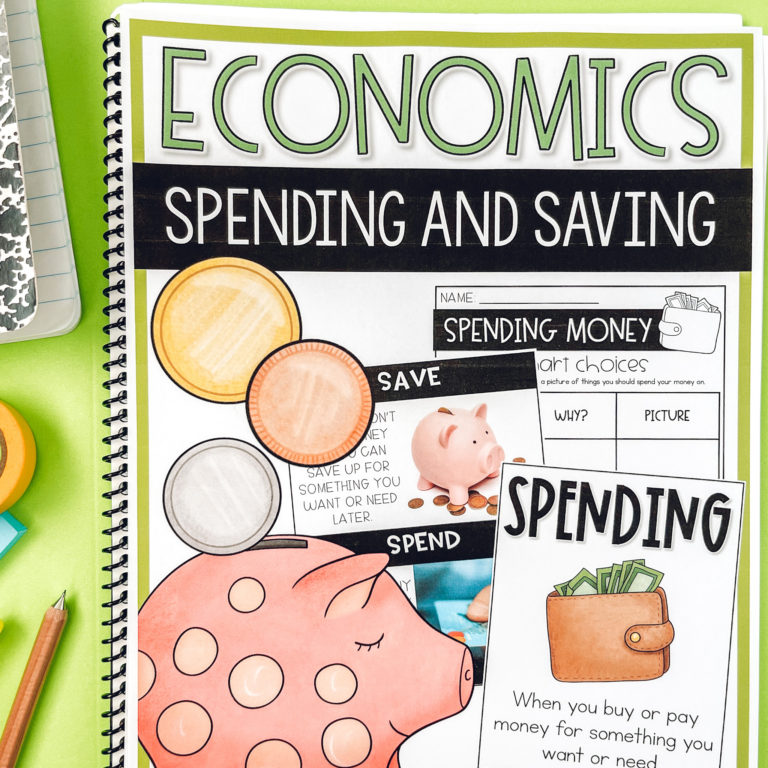


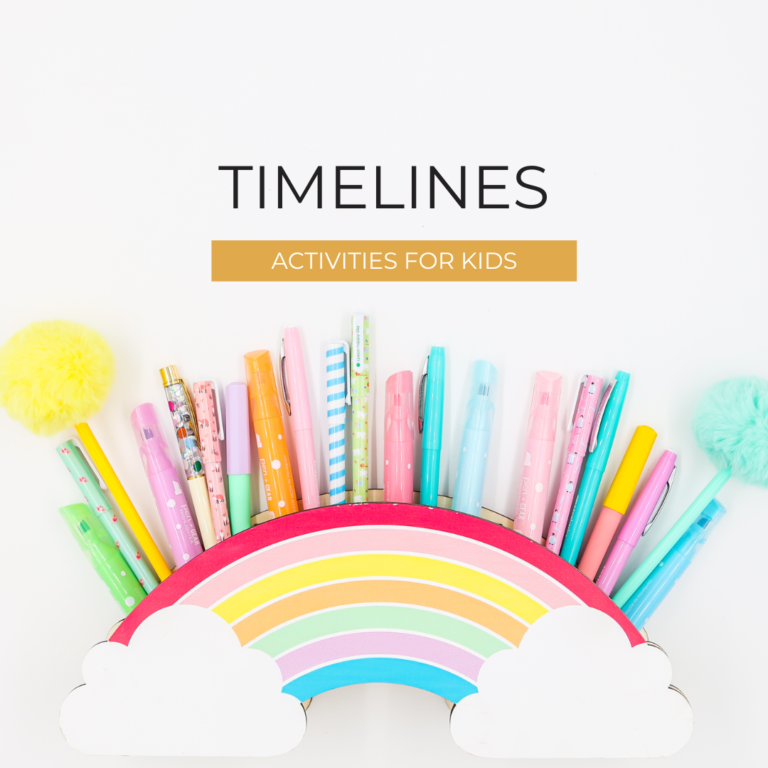
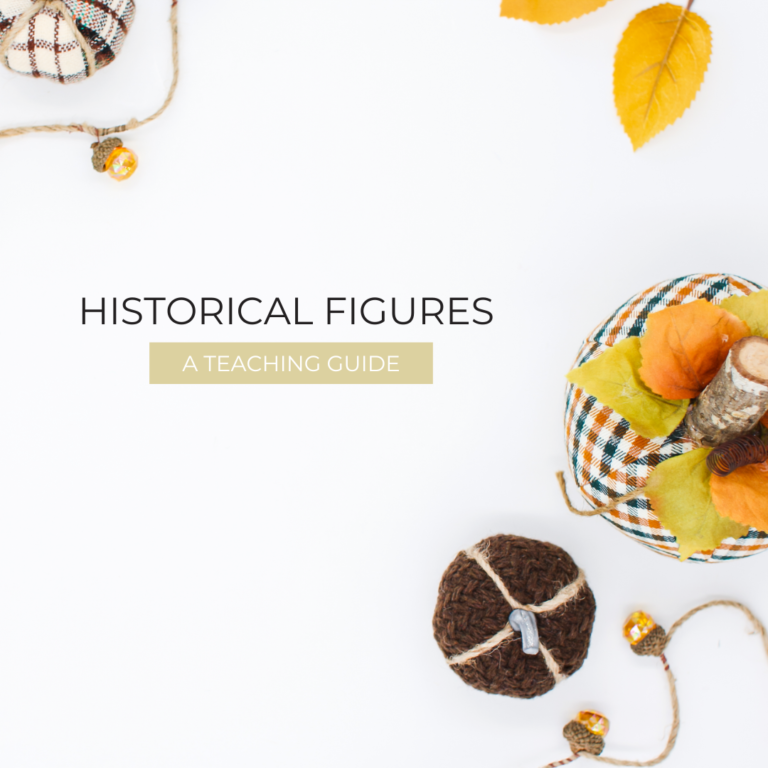
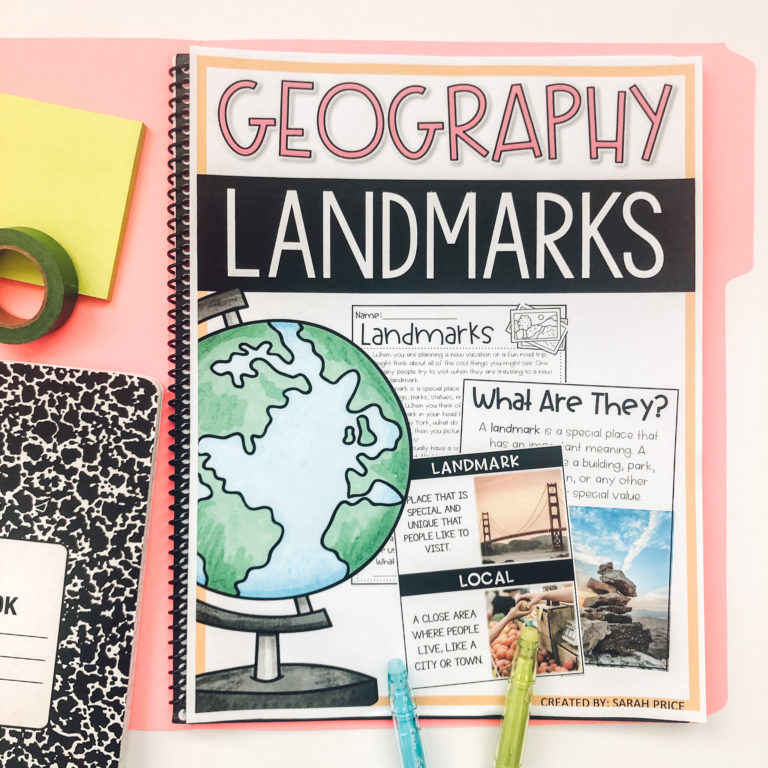
I LOVE the templates you used in the pacing guides!!! Did you create those or find them online???
Thanks so much! I created them using Canva.